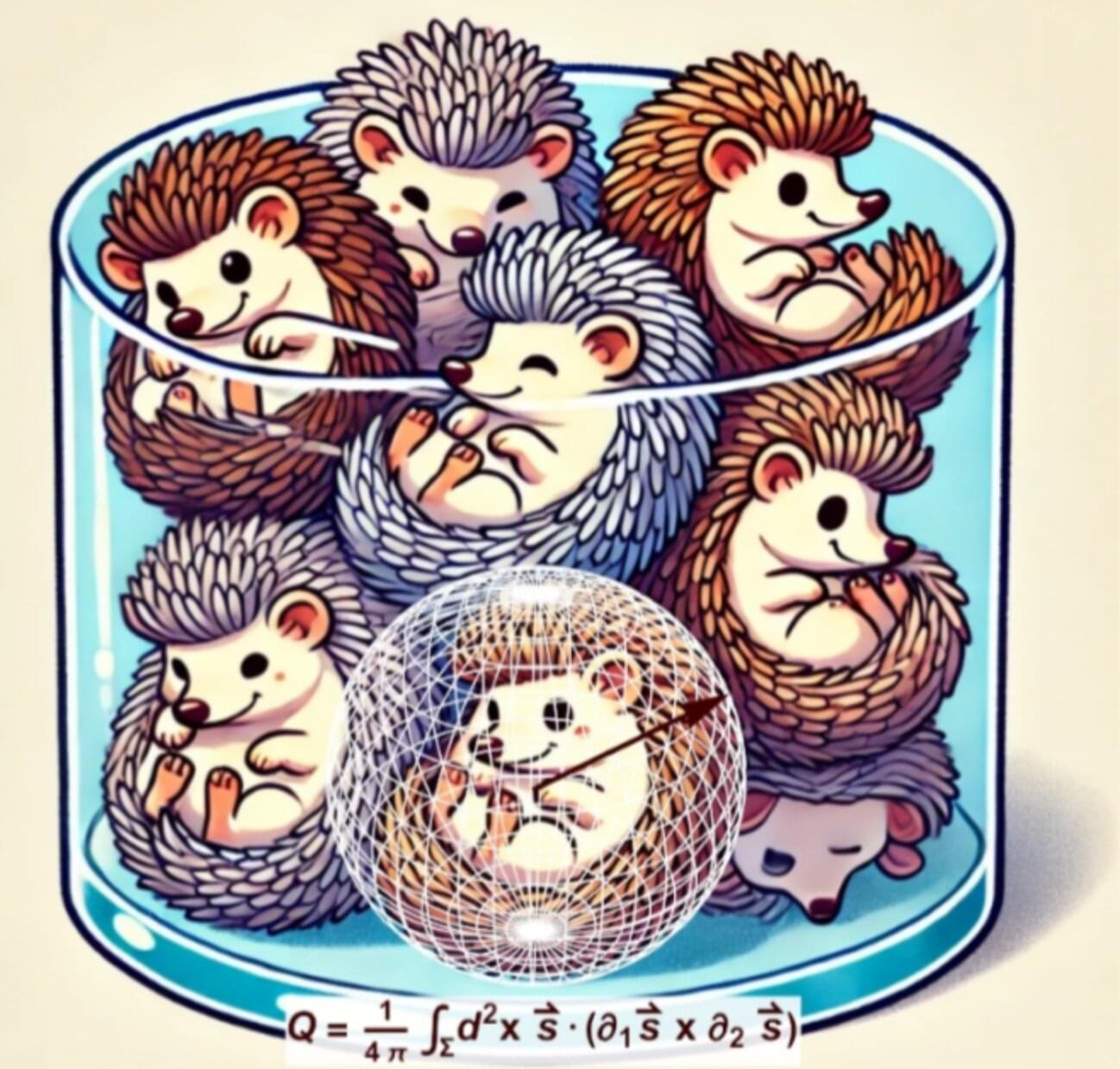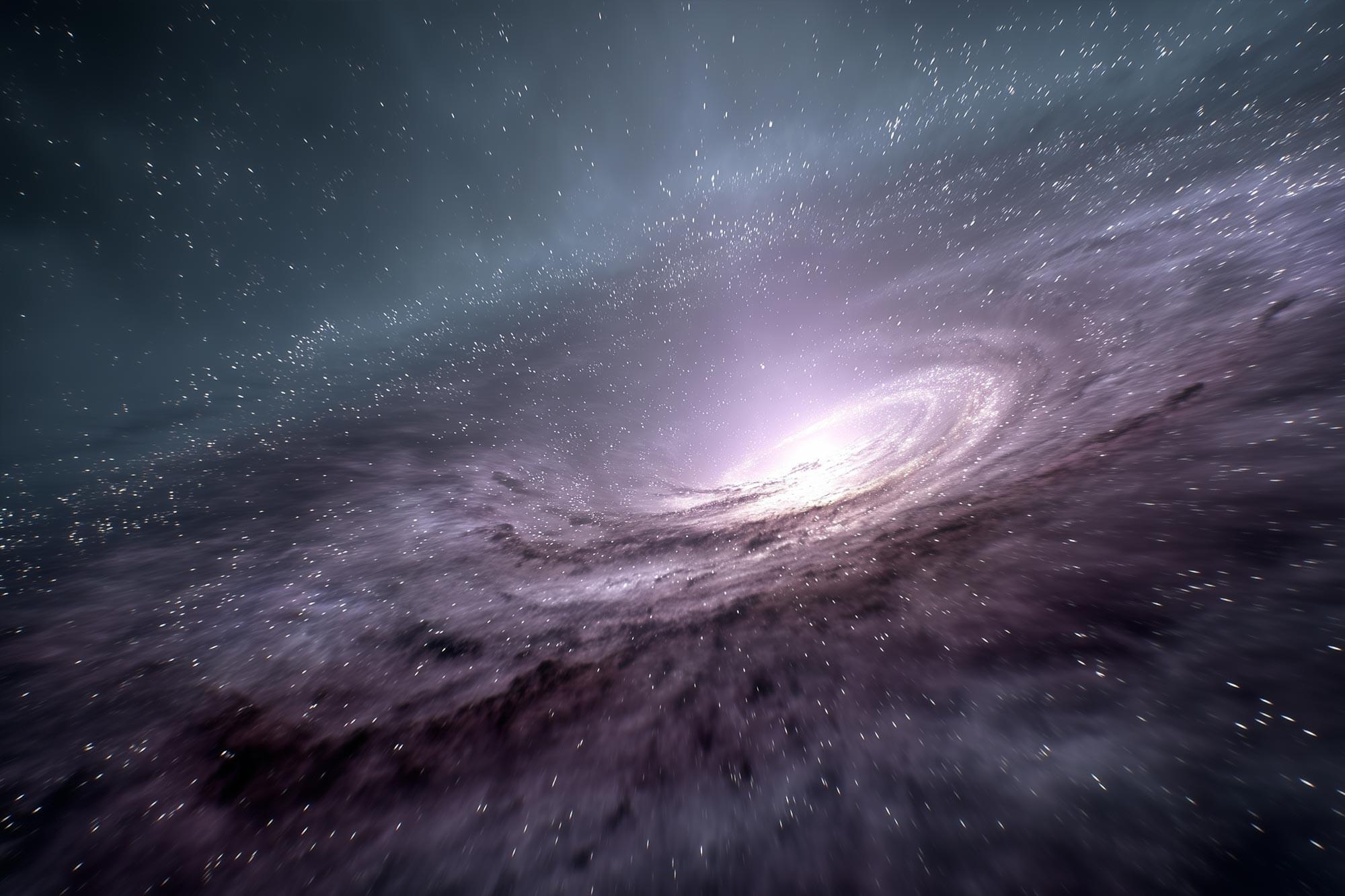I’ve always been fascinated by how materials break down, especially glasses and polymers that don’t have a regular crystal structure. Unlike crystals, where we understand plasticity through things like dislocations, amorphous materials like glasses are messier. There’s no neat lattice to analyze, so figuring out where and how they deform under stress is a big open question.
In two dimensions, researchers, including my research group and myself, have started using a topological approach—looking at vortex-like patterns in how atoms move or vibrate—to identify weak spots in glasses. This also included slicing 3D glasses to find topological defects in the two-dimensional slices. That got me wondering: Could we do something similar in three dimensions, and, crucially, without having to slice the glass into 2D layers?
In this work published in Nature Communications, together with my postdoc Dr. Arabinda Bera, who performed the analysis, and with my longtime collaborator Prof. Matteo Baggioli, we show that we can. We use a kind of topological defect called a hedgehog, which is a point-like distortion in a vector field—like when tiny arrows in space all point outward or inward, just like the spines of a hedgehog. These kinds of defects are well-known in soft matter physics, particularly in liquid crystals, but we hadn’t seen them applied to 3D amorphous solids before.








